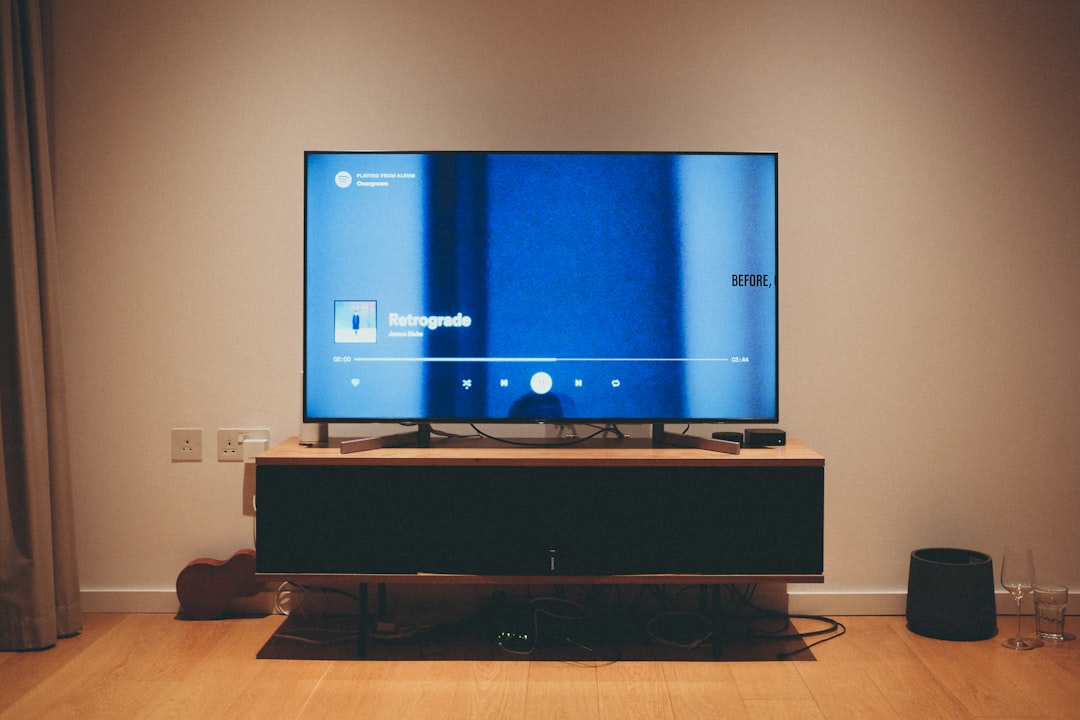What to Expect When Working With a Dental Law Firm: A Step-by-Step Breakdown
Legal Support Is Not Just for Emergencies
Many dentists only contact a lawyer when they’re in trouble—facing a board complaint, a contract dispute, or a lawsuit. But in the dental profession, legal support should be part of a proactive practice strategy, not a reaction to crisis. Understanding what a dental law firm does, how it operates, and what you can expect during engagement helps dentists make smarter business and clinical decisions from the start.
This article offers a step-by-step breakdown of how working with a dental lawyer can protect your practice, simplify your operations, and minimize risk—regardless of your career stage.
Step 1: Initial Consultation and Needs Assessment
Your relationship with a dental law firm typically begins with a consultation. This session—often virtual or by phone—is where the attorney learns about your practice, your current concerns, and any known legal issues. You’ll also have the opportunity to ask about the firm’s experience, approach, and fee structure.
What to prepare:
-
A summary of your practice structure (solo, group, partnership)
-
Any existing legal documents (leases, contracts, letters from boards or patients)
-
A list of short-term and long-term business goals
During this meeting, the attorney evaluates your legal needs and outlines a roadmap for next steps.
Step 2: Legal Risk Audit and Documentation Review
If you proceed with representation, the firm will often conduct a legal audit. This involves reviewing:
-
Corporate structure and ownership documents
-
Employment contracts and associate agreements
-
Patient intake forms, consent templates, and HIPAA policies
-
Lease agreements and insurance coverage
-
Marketing content (for regulatory compliance)
Dental lawyers use this phase to identify areas of risk, potential liability, and documents that need updating.
Step 3: Customized Legal Strategy
No two practices are identical. A qualified dental attorney develops a legal plan that reflects your specific goals and risk exposure. Depending on your needs, this strategy might include:
-
Drafting or revising contracts
-
Responding to board inquiries
-
Preparing for a merger or acquisition
-
Advising on employee disputes or terminations
-
Ensuring regulatory compliance with OSHA, HIPAA, or DEA requirements
This legal plan is documented, prioritized, and implemented in phases to minimize business disruption.
Step 4: Ongoing Counsel and Preventative Support
After the initial work is completed, many dental law firms offer ongoing support through a retainer or consultation-based model. This is especially valuable for:
-
Reviewing new contracts or real estate offers
-
Onboarding new associates or partners
-
Responding to early-stage patient complaints
-
Staying current with regulatory changes
This legal partnership acts as a safety net—ensuring you don’t have to scramble for representation in an emergency.
What to Look for in a Dental Law Firm
Choosing a law firm that understands your industry is essential. A general business lawyer may lack the insight to properly guide a dental professional. When interviewing potential firms, consider asking:
-
Do they represent other dentists?
-
Are they familiar with state dental board procedures?
-
Do they offer flat fees or predictable billing models?
-
Can they provide references from current or past dental clients?
A dental law firm focuses exclusively on dental and healthcare law, making them well-equipped to handle both common and complex issues unique to the field.
Step 5: Responsive Representation When It Counts
Even with preventive support, legal issues can arise. When they do, your relationship with a dental law firm ensures you’re not starting from scratch. Your lawyer will already understand your practice’s history, structure, and risk profile—allowing them to act quickly and effectively.
Whether it’s drafting a response to a dental board inquiry or negotiating a real estate purchase, your attorney becomes a trusted partner who can help reduce stress, limit damage, and resolve issues with minimal disruption.
Final Thoughts
Working with a dental law firm is not just about solving problems—it’s about preventing them. The relationship provides dentists with the legal foresight and protection they need to focus on what matters most: delivering excellent care.
By developing an ongoing legal strategy, updating documents, and consulting on key decisions, dental attorneys empower dentists to run smarter, safer, and more sustainable practices.

